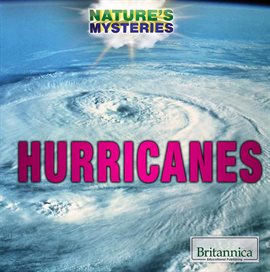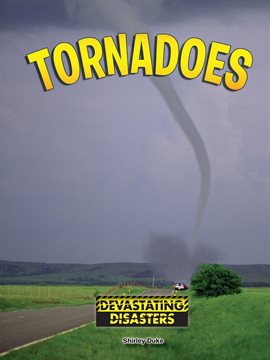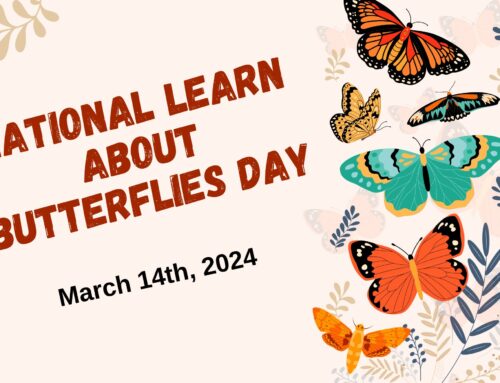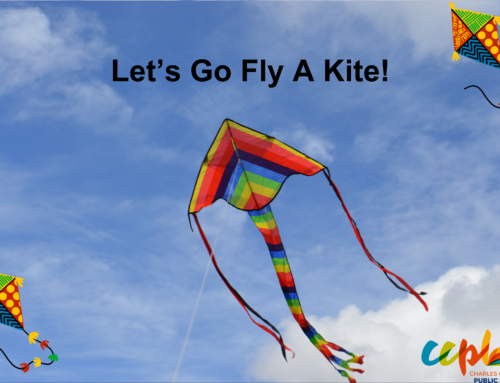Weather can be wild and crazy. Two examples are Hurricanes and Tornadoes.
Hurricanes
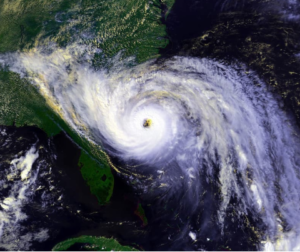
- Hurricanes are a large storm that rotates with high wind speeds. They form over warm tropical waters. To qualify as a hurricane the sustained winds must be at least 74 miles per hour and have a center called an eye.
- Hurricanes form when warm, moist air over the water rises and the air that replaces it is cooler but starts to rise as well. This causes storm clouds to form and rotate with the spin of the earth.
- All hurricanes have a name. How do they name them? There are six alphabetical name lists and each year they pick a list starting with the Letter A and they alternate between girl and boy names. They do not use the letters: Q, U, X, Y or Z. If a hurricane is particularly bad a committee will vote to retire that name : For instance both Sandy and Katrina as well as Irene are all retired.
Hurricane Wind speeds:
- 38 mph or less: Tropical Depression
- 39-73 mph: Tropical Storm
- 74-95 mph: Cat 1
- 96-110 mph: Cat 2
- 111-129 mph: Cat 3
- 130- 156 mph: Cat 4
- 157 and higher: Cat 5
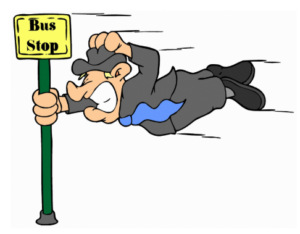
Tornadoes
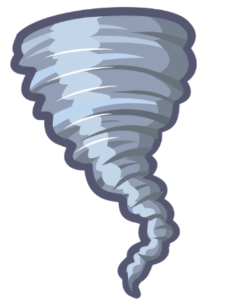
- Tornadoes occur when a large thunderstorm happens in a type of cloud called a cumulonimbus cloud. Then a wind speed change way up in the sky causes the air to swirl horizontally and when air from the ground pushes up on the swirling air it tips to vertical and forms a funnel. When the funnel stretches all the way to the ground it is called a tornado.
- Tornadoes range in size from a few feet across to a couple miles across and range in wind speeds from 65-250 miles per hour.
- Tornadoes are not named but categorized by their wind speeds from EF-0 to EF-5 (The La Plata Tornado was an EF-5).
- Most tornadoes in the United States occur in “Tornado Alley” which ranges from northern Texas to South Dakota and from Missouri west towards the Rocky Mountains.
STEAM Club Lab Report: Tornado in a Bottle
Supplies
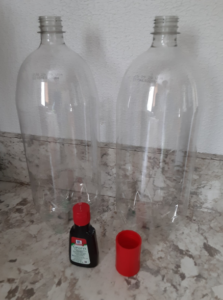
Procedure
Step 1
Using the scissors carefully remove the labels and little plastic rings at the top of the bottle (this will give you an awesome view of the tornado).
Librarian Tip: I would do these next steps near someplace with a sink in case of leaks and spills

Step 2
Fill one bottle ¾ of the way full with water.

Step 3
Add 2-3 drops of food coloring to the bottle with the water in it (this allows you to better see the tornado).
Step 4
If you want to add glitter to be the dirt and debris in the tornado add it to the bottle with the water in it at this point. If not then proceed to the next step.
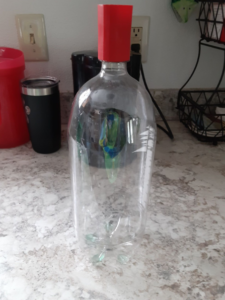
Step 5
Attach the tornado tube to the empty water bottle by screwing it into place where the lid would go.
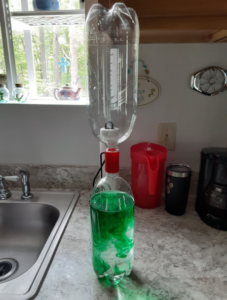
Step 6
Attach the bottle with the tornado tube to the top of the bottle with the water in it. Make sure that it is screwed on tightly so that the bottles don’t leak.
Librarian Tip: If you don’t have a Tornado Tube you can use a washer and duct tape to seal the two bottles together. Place a washer on top of the bottle with the water in it where the lid goes and then put the other bottle on top and tape the two bottle necks together securely.

Step 7
Pick up the joined bottles by the neck and flip them so that the bottle that has the water in it is now on the top. Don’t let go or set the bottles down yet.

Step 8
With your hand on the neck of the bottles move your arm in a clockwise motion several times and you should see the water start to swirl and form a tornado as it continues to flow into the lower bottle.
Resources
Tornadoes by Peter Murray
Hurricanes by Kristi Lew
Tornadoes by Shirley Duke
Hurricanes by Cari Meister


